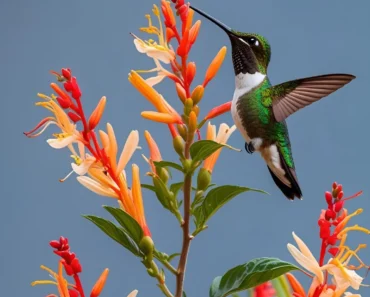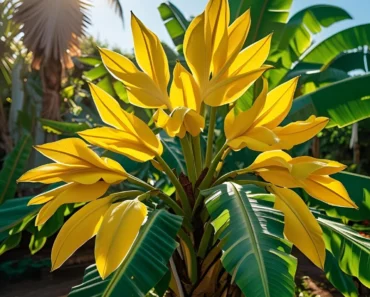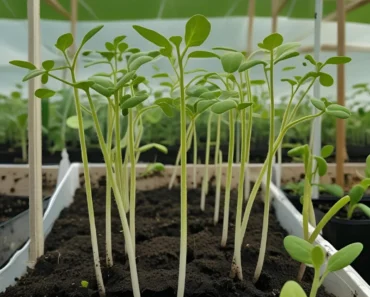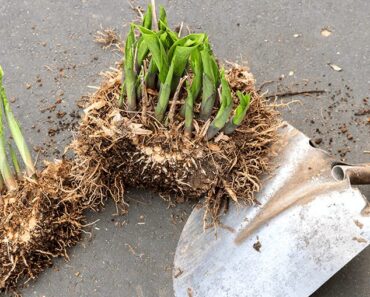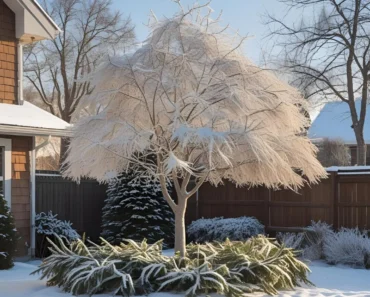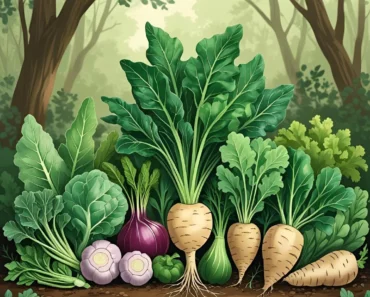Growing your own banana plant indoors or outdoors can be a rewarding experience, providing lush tropical foliage and, with the right care, delicious fruit. Bananas are large perennial herbs rather than trees, with a trunk-like pseudostem made from leaf bases and a robust root system. Thriving in warm temperatures, plenty of sunshine, and fertile, well-drained soil, banana plants can adapt to container growing indoors or flourish outdoors in suitable climates. This guide covers everything from planting to care and harvesting bananas for both beginners and experienced gardeners.haifa-group+2

Understanding Banana Plants
Banana plants (genus Musa) are fast-growing perennials with architectural leaves up to 2.7 meters (9 feet) long and pseudostems resembling tree trunks. Their root system can spread widely, benefiting soil stability. Flowering occurs 9 to 12 months after planting, producing an inflorescence that emerges through the center of the pseudostem, leading to fruit development in clusters or “hands.”
Bananas typically require one growing season (8 to 12 months) to produce fruit after planting, depending on climate and care.gardenersworld+1
Selecting a Location
Outdoors
-
Choose a sheltered, sunny spot protected from strong winds, which can shred large banana leaves.
-
Soil should be moist, fertile, and well-drained with a pH between 5.5 and 6.5.
-
Bananas grow best in temperatures around 27°C (81°F) but can tolerate a range from 20°C to 35°C (68°F–95°F).
-
Avoid areas prone to waterlogging.
Indoors or Containers
-
Use large containers with drainage holes.
-
Position in a bright spot with 6-8 hours of indirect sunlight or under a grow light.
-
Maintain indoor temperatures ideally between 18°C and 27°C (65°F to 81°F).
-
Keep humidity high through misting or humidity trays.rhs+1
Propagation Methods
Offsets (Suckers)
-
Mature banana plants produce suckers at the base.
-
Dig around the sucker, preserving as many roots as possible.
-
Separate carefully and pot up or plant outside.
-
This method produces a genetically identical plant and is fastest for fruit production.rhs
Seeds
-
Some banana species produce seeds, but cultivated varieties rarely do.
-
Seeds require scarification (light filing) and soaking before sowing.
-
Germination is slow, and fruiting from seed-grown plants takes years.rhs
Planting
-
Prepare soil or container with rich, well-draining mix, adding compost or manure.
-
Dig a hole slightly larger than the rootball.
-
Plant suckers or tubers with growing tip above the soil, 5 to 10 cm (2 to 4 inches) deep.
-
Space plants 2 to 3 meters apart outdoors to accommodate growth.
-
Water thoroughly after planting and keep soil moist.
Care and Maintenance
Watering
-
Bananas need consistent moisture but avoid waterlogging.
-
Outdoors, irrigate deeply 2-3 times weekly during hot weather.
-
Containers require frequent monitoring to prevent drying out.
Feeding
-
Apply balanced fertilizer rich in potassium every 2 weeks during active growth.
-
Mulch heavily with organic material to conserve moisture and add nutrients.
Temperature and Humidity
-
Protect from frost; banana plants are frost-sensitive.
-
Maintain high humidity (60-80%) for best growth indoors.
Pruning
-
Remove damaged or dead leaves regularly.
-
Cut flower stalks after fruiting to encourage new sucker production.
Pests and Diseases
-
Common pests include aphids, spider mites, and banana weevil.
-
Maintain cleanliness, use natural predators, or apply neem oil-based treatments.
-
Watch for fungal diseases like Panama disease and Black Sigatoka; promote good air circulation and prevent standing water.
Harvesting Bananas
-
Fruits mature 60-90 days after flowering.
-
Harvest when bananas turn from dark green to light green/yellow.
-
Cut entire bunch; individual fingers ripen post-harvest.
-
Handle bunches gently to avoid bruising.
Growing Bananas Indoors
-
Choose dwarf varieties suitable for container growing.
-
Provide consistent light and humidity.
-
Use large pots and repot as needed.
-
Overwinter tropical bananas in bright, sheltered conditions.
Tips for Success
-
Ensure ample sunlight and warmth.
-
Regularly check soil moisture.
-
Protect from extreme weather.
-
Encourage block plantings for humidity retention outdoors.
-
Consider companion planting or mulching to retain soil moisture.
Growing your own banana plant is a journey with tropical rewards. By following suitable planting, care, and harvesting practices for indoor or outdoor scenarios, gardeners can enjoy beautiful foliage and delicious fruit while embracing a slice of the tropics in their own garden.tropicalpermaculture+4
- https://www.haifa-group.com/banana-0/crop-guide-growing-banana
- https://eos.com/blog/how-to-grow-bananas/
- https://www.rhs.org.uk/plants/banana/growing-guide
- https://croplibrary.com/banana-cultivation/
- https://www.gardenersworld.com/how-to/grow-plants/how-to-grow-banana-plants/
- https://www.tropicalpermaculture.com/growing-bananas.html
- https://agriplexindia.com/blogs/featured/growing-bananas-a-step-by-step-guide
- https://www.youtube.com/watch?v=1v0IuePhp04
- https://tendergardener.com/how-to-grow-bananas-guide-tips/

